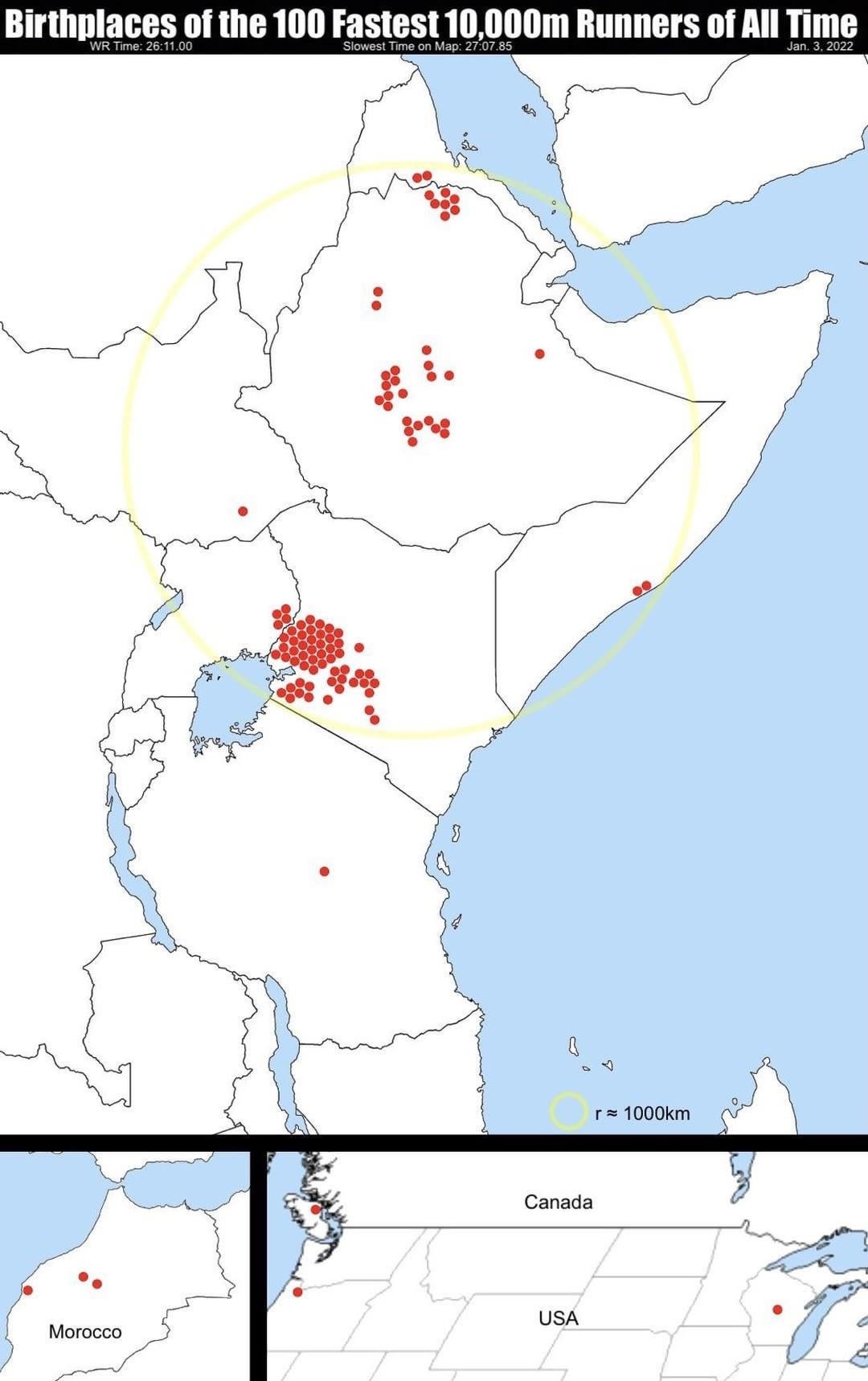The topography explains it all. https://geology.com/articles/east-africa-rift.shtml
tl;dr The people of that area in East Africa naturally live close to sea level, however there are easily accessible elevations changes that distance runners have trained on for probably centuries. It turns out that training at high altitudes and recovering at low altitudes provides a tangible and demonstrable advantage compared to just single elevation training.
